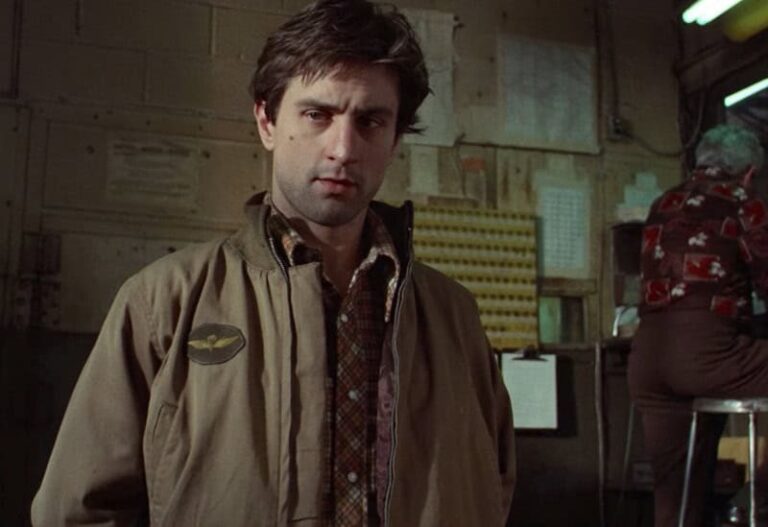what is subjective cinema?
Subjective cinema is a distinctive approach to filmmaking that brings viewers directly into a character’s mind, allowing them to experience the world through a personal lens.
Published by: CinemaWaves Team | Filed Under: Film Blog
What is actually a
subjective film?
Subjective film is a filmmaking approach that focuses on presenting a story or events through a character’s or filmmaker’s personal perspective, reflecting their emotions, thoughts, and perceptions. Unlike traditional, objective storytelling, which aims to depict events in a neutral, observational way, subjective film immerses the audience in the internal experiences of a character. This style allows filmmakers to distort, intensify, or alter reality to mirror how a character feels, perceives, or reacts, creating an evocative and immersive connection.
Subjective film often employs stylistic techniques such as point-of-view (POV) shots, voiceovers, and visual distortions like blurred or fragmented imagery to enhance the feeling of stepping into a character’s mind. These techniques are frequently seen in genres like psychological thrillers, dramas, and art films, where the character’s mental or emotional journey is central to the story.

Objective vs Subjective Cinema
Objective Cinema
Neutral Perspective: Objective cinema presents events as they happen, without favoring any particular character’s view or inner thoughts. The audience watches events unfold from an observational distance, similar to a bystander’s viewpoint.
Realistic Representation: This approach mirrors reality closely, depicting events in a straightforward manner. Documentaries, traditional dramas, and many action films lean toward an objective style to give viewers a clear understanding of what’s happening without bias.
Direct Storytelling: There is little or no manipulation of the visuals or audio to suggest a character’s feelings or mental state. Characters’ emotions and motivations are revealed through actions, dialogue, and performances rather than stylized techniques.
Subjective Cinema
Personalized Viewpoint: Subjective cinema invites the audience into the character’s mind, allowing them to see events from the character’s perspective. The camera often represents a character’s gaze, and the narrative might include internal monologues or flashbacks.
Altered Reality: Subjective cinema uses visual, auditory, and narrative techniques to show how a character interprets events, which can lead to distortions or exaggerations. Filmmakers might manipulate color, lighting, sound, or framing to emphasize a character’s mental state.
Immersive Storytelling: In subjective cinema, the audience isn’t just observing a story but experiencing it through a character’s lens. This approach creates a powerful emotional connection.

Characteristics of
Subjective Film
Point-of-View (POV) Shots: This technique involves framing the scene from the character’s literal viewpoint, showing what they see as if through their eyes. This is commonly used in thrillers or horror films to heighten tension.
Visual Distortion: Blurring, tilting, or distorting the image can communicate a character’s confusion, intoxication, or distress. For example, a character experiencing a panic attack might be shown through a shaky or unfocused lens to simulate their perception.
Lighting and Color Manipulation: Color grading and lighting choices can express a character’s mental state. Warm colors might signify joy or comfort, while harsh reds and shadows might indicate anger or fear.
Sound Design: Audio plays a crucial role in subjective cinema. Amplifying certain sounds or using only silence which can create tension or simulate the character’s perception.
Voiceover and Internal Monologue: Voiceovers are used to give the audience direct access to a character’s thoughts. Internal monologues can reveal motivations, emotions, or memories.
Famous Subjective Films
“Taxi Driver” (1976) by Martin Scorsese: The film tells the story of Travis Bickle, a mentally unstable veteran. Through subjective techniques, including POV shots, intense voiceovers, and a haunting score, the audience is pulled into Travis’s troubled mind, experiencing his isolation and anger.
“Requiem for a Dream” (2000) by Darren Aronofsky: It uses intense visual and auditory effects to convey the psychological states of its characters. Quick cuts, distorted sounds, and close-ups create a disorienting experience that mirrors the characters’ descent into addiction.
“Eternal Sunshine of the Spotless Mind” (2004) by Michel Gondry: Subjective techniques are used to depict characters memories as they’re being erased. The blending and blurring of scenes illustrate the protagonist’s mental and emotional turmoil, giving us a closer understanding of what he is experiencing.
“Enter the Void” (2009) by Gaspar Noe: Visually and conceptually ambitious film explores life, death, and the afterlife through a highly subjective lens. The story is told from the perspective of a young man’s disembodied consciousness, using first-person POV shots, hallucinatory visuals, and fragmented timelines. The film’s innovative use of subjective techniques and psychedelic visuals makes it a landmark in subjective cinema.
“Birdman” (2014) by Alejandro Gonzalez Inarritu: Birdman is filmed to appear as one continuous shot, a technique that heightens the audience’s immersion in the protagonist’s inner struggles. The story follows a washed-up actor dealing with his ego and psychological crises, and through subjective framing, sound design, and fantasy elements, the film blurs the line between reality and illusion.
Refer to the main page for more educational insights on filmmaking and cinema history.
Character study in film focuses on the internal lives of characters, setting aside traditional plot structures in favor of an in-depth exploration of a character’s psychology, emotions…
Juxtaposition is a powerful storytelling technique where two or more contrasting elements are placed side by side to highlight their differences or to create a new, often more…
Ruthless silver miner, turned oil prospector, Daniel Plainview moves to oil-rich California. Using his son to project a trustworthy, family-man image, Plainview cons local landowners…
Experimental film, referred to as avantgarde cinema, is a genre that defies traditional storytelling and filmmaking techniques. It explores the boundaries of the medium, polarizing…
Auteur theory is a critical framework in film studies that views the director as the primary creative force behind a film, often likened to an “author” of a book. This theory suggests…
Arthouse film refers to a category of cinema known for its artistic and experimental nature, usually produced outside the major film studio system. These films prioritize artistic…






